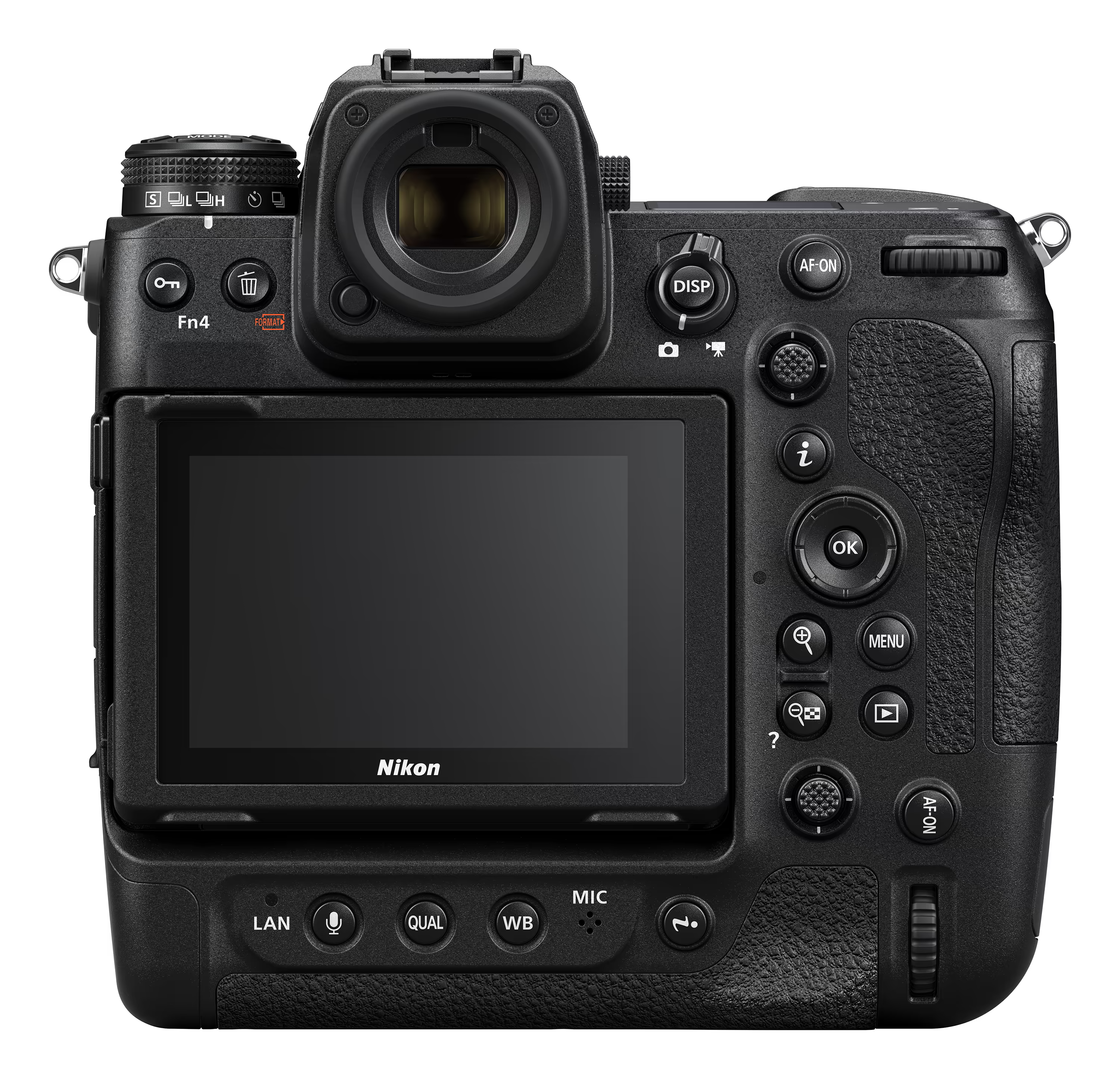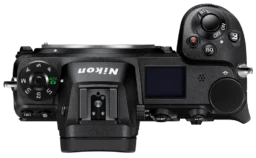Contents
More observations from my time with the Z9 (see also my first & second). It’s now been over a month and I’ve taken several tens of thousands of real photos with it (and something like fifty thousand more while doing burst performance testing 😆).
This’ll probably be my last post in this series of ‘impressions’. I’m simply running out of new things to say.
I’m quite happy with the Z9. It’s not perfect, for sure, but it’s the best camera I’ve ever used. I am curious to temporarily acquire a Sony a1 and see how they compare, but that seems pretty academic – unlike with the Z7, most of the time it’s me (or my uncooperative wildlife subjects) that’s the limiting factor with the Z9. The only other time I felt remotely like that was with the D500.
Autofocus
- Animal subject detection is sometimes surprisingly good – although often it’s academically impressive, in ways that aren’t very practical. e.g. it can detect squirrels at great distances, and track them with absolute certainty as the camera wobbles & shakes around.
Tracking distant subjects is great and all, but if it has to be a trade-off, I wish Nikon had put more energy into having it track close subjects better – subject distances that are actually typical in real use and good photos.
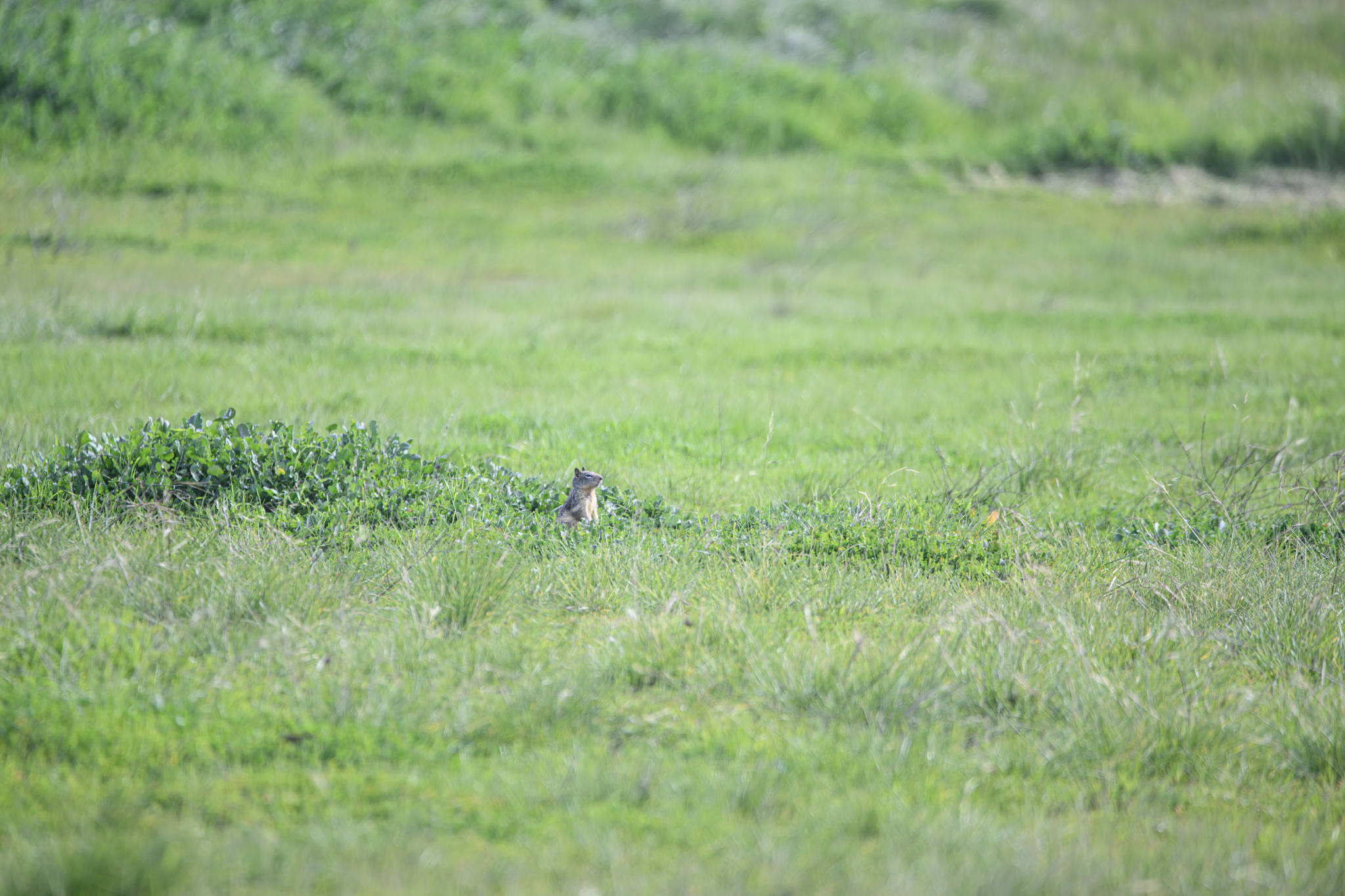
- Subject identification and tracking is impressively robust against foreground obstructions. I’m now comfortable saying this is the best performing Nikon camera ever made, in this regard – and my opinion is still on an upward trajectory as I use it more and more. (I don’t have experience with current flagship Sony or Canon cameras, thus the Nikon-specific qualifier)
It can still struggle to find the subject if it’s out of focus or the scene is very busy, and in that case you have to give it a hand by getting it closer to correct focus first (and/or using 3D tracking to point at the target, rather than auto-area mode).
I wish there were an AF option to control whether it would exclusively focus on detectable subjects in the area AF modes, rather than falling back to picking some arbitrary focus point. The current behaviour is sensible in a lot of situations and definitely shouldn’t be discarded, but if & when I know there’s a bird hidden amongst the foliage I’d actually like it to focus hunt for it rather than throw up its hands and just focus on leaves.

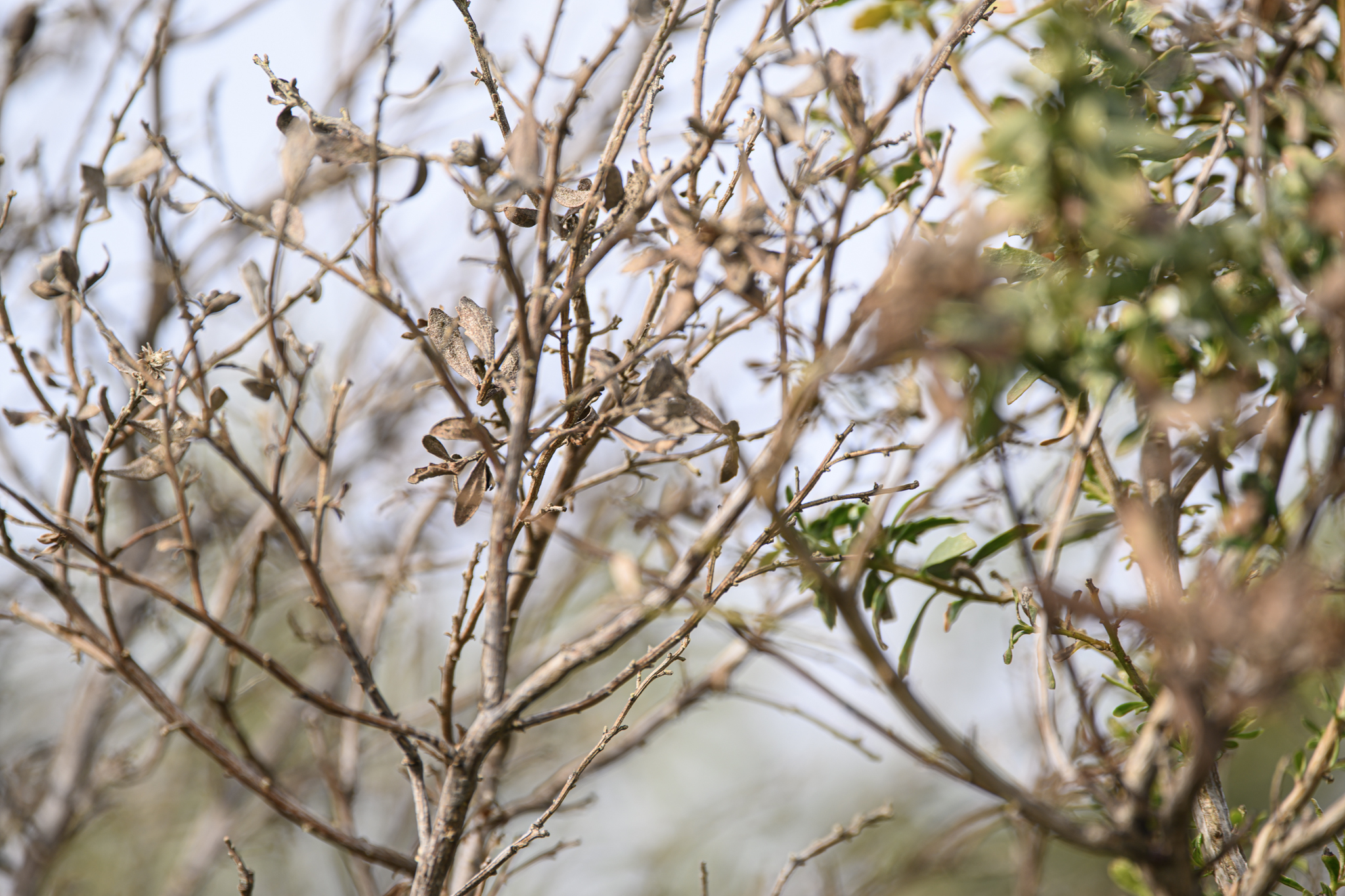
- Sometimes the Z9 really impresses me with how it recognises a subject that’s wildly out of focus.
I hadn’t really thought about it much before, but the subject recognition task for these camera AF systems is actually way more challenging than you might think. Recognising a human face in an already in-focus photo is one thing, but recognising that this vague light brown blob is actually a face – just out of focus – is another.
The Z9’s certainly not perfect here – you definitely still have to help it a lot of the time, by manually getting focus closer to the target first. Still, while of course I wish it recognised out of focus subjects more consistently, I won’t complain that it only sometimes achieves apparent miracles.
Image quality
- For a while when I was first reviewing my photos in Lightroom, I was a bit confused and put off by their appearance – very crunchy, for some reason. Since I generally wasn’t comparing side-by-side with another camera’s photos, I tried to convince myself I was just being weird. But eventually I realised that Lightroom is applying heavy-handed, ugly edits to every photo by default – e.g. +40 texture and +20 clarity.
There’s no clean way to fix that, apparently – you can only work around it by creating a “preset” that does nothing but set things to their normal, neutral defaults, and then apply that preset on import. - I’m not thrilled with the noise levels I’m seeing. However, I’ve heard vague mention that Lightroom’s support for Z9 raw files is preliminary and still not great, and along with more obvious problems (like the busted default settings noted above) this seems plausible. So, while this will hopefully be fixed soon, beware if you use Lightroom.
Without any actual measurements or side-by-side comparison, just subjectively, it feels like DX levels of noise, not FX. Still, many of my favourite photos of all time were taken with DX cameras – and much older ones, with even worse noise performance – so I’m surprisingly not all that bothered about it. I certainly hope it’s just Lightroom being Lightroom, but even if it’s not, I wouldn’t give up the overall package that is the Z9.
Plus, Lightroom’s raw rendering is about the worst you can get – really, if you actually care that much about image quality that you’re bothered by DX vs FX or Z7 vs Z9 or whatever, then you definitely shouldn’t be using Lightroom to begin with. For what it’s worth, Capture One was far better – the best – last time I checked (five years ago – Lightroom definitely hasn’t gotten better in that time, I know that much).
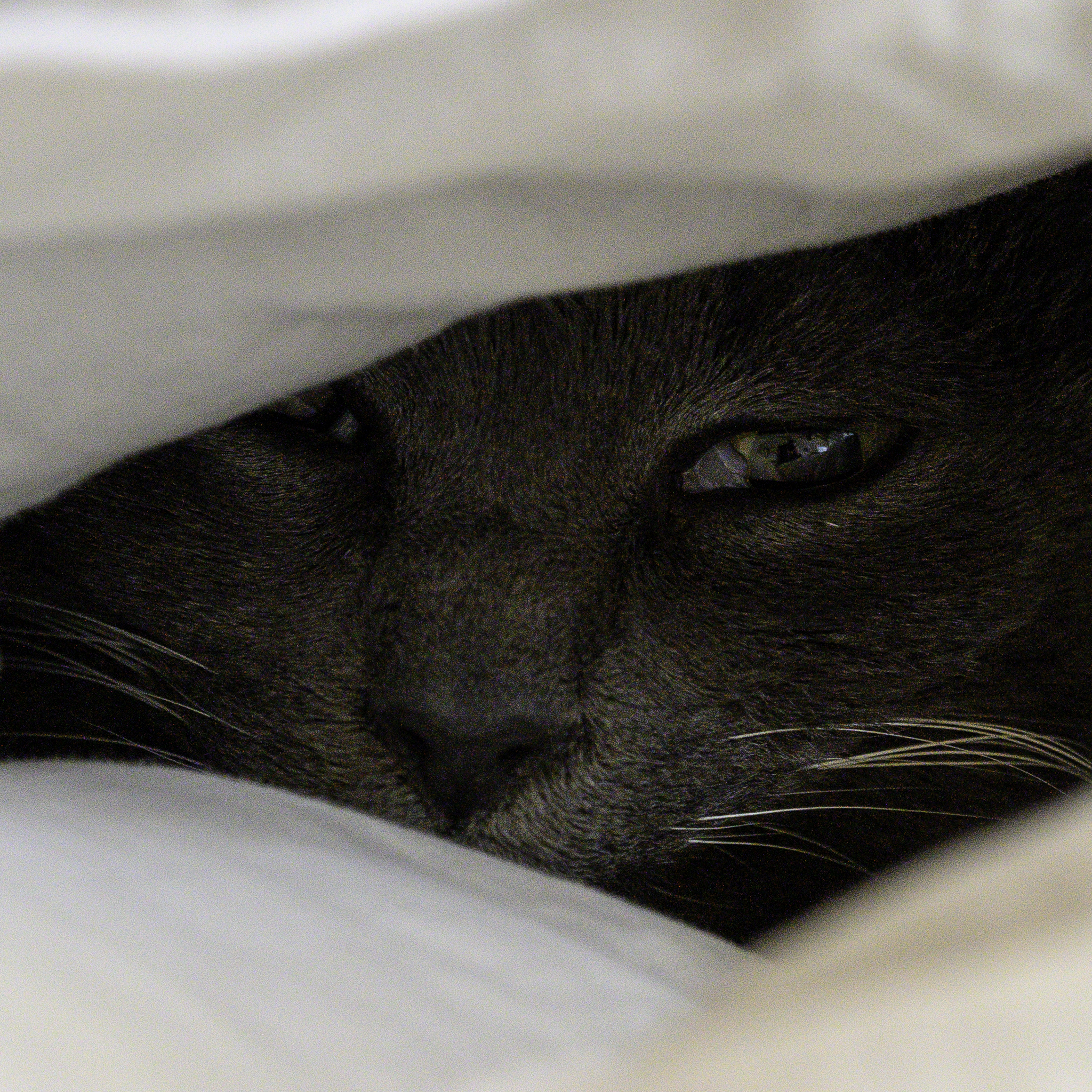
- The Z9 under-exposes things a lot – I often have to lift by two whole stops just to get a normal exposure. This is in matrix metering mode (it’d be more explicable in highlight-weighted mode, but as I commented in my second impressions I immediately noticed even worse under-exposure so I switched to matrix).
I think this might be contributing to the perception that the noise performance is poor – I keep looking at a photo and thinking “what?!? ISO 360 and it’s this noisy?!” then I remember I’ve actually bumped it by at least two stops, so it’s more like ISO 1,600.
Note also that Lightroom by default applies +1 EV to Z9 photos, which I found odd. I wonder if that’s a hacky workaround for a bug in Lightroom’s rendering of Z9 raws? However, even if we presume that’s the case, that Lightroom is rendering 1 EV darker than it’s supposed to due to some bug, then there’s still at least another stop of under-exposure to account for. - I’ve not side-by-side compared the dynamic range vs e.g. the Z7, but I have had a few scenes & photos were I at least feel that the dynamic range is noticeably less. Sometimes highlights just don’t recover like they would with the Z7. But, given the exposure problems I noted in the previous point, it’s hard to say if there’s a distinct problem here or just the same one regarding metering – or just Lightroom’s current Z9 raw support being flawed.
- I still see evidence of rolling shutter in some photos of still subjects, but it’s of course dramatically less-so than with e.g. the Z7.
Specifically where I notice it is in bursts with slow shutter speeds (e.g. ¼ second) – when moving between images in Lightroom there’s visible changes in scene geometry between frames; that tell-tale “jelly” effect. It’s very small, to be clear – nothing you’d ever actually care about in the finished images. Still, it’s technically perceptible.
Odd that it’s not something I ever recall seeing with DSLRs like the D500 – one would expect almost identical behaviour since the nominal shutter speed of ~1/270 is about the same as most DSLRs. It might be related to the image stabilisation systems too (or instead). I’m not sure how I might distinguish that via test.
Ergonomics
- The FTZ adapter – the first version, with the tripod mount – isn’t actually a significant problem for portrait use. Yes, it does make it slightly trickier to get your fingers on and off the grip, but at least for me my fingers do fit well enough between the adapter and the camera body, and there’s no discomfort.
I presumed I was going to eventually get the FTZ II adapter, but now I see no need to.
I like that the FTZ I adapter has a tripod socket – when the lens itself doesn’t have a tripod mount, I prefer to attach my camera harness to the adapter rather than the camera body. That way there’s less stress on each of the mounts – and it tends to be better balanced that way, too. However, there isn’t enough room to actually connect anything much to it when the FTZ is on the Z9. So there’s definitely no point getting the FTZ I instead of the FTZ II, unless you expect to also use it with non-portrait-grip-equipped cameras. - As large as the camera is, it turns out my palm rests on the portrait mode controls when I’m using it in landscape mode. So it’s a good thing there’s a locking mechanism for those, to reject spurious input. Though I sometimes forget to lock it after use, and end up taking photos accidentally. And conversely having to unlock it every time is not yet an ingrained habit, so sometimes I miss photos.
I’m not sure what Nikon could realistically do about this; I think it’s just something I’m going to have to adjust to. I developed the habit of instinctively flipping the power on when going for the shutter on the Z7, so I assume I’ll eventually do the same on the Z9’s portrait controls. - Possibly also related to the portrait grip controls – since I never saw this on any other cameras, none of which had portrait grips built in – I get a lot of random shutter actuations. Typically when the camera is hanging from a harness on my hip. One or other of the shutter buttons is apparently really easy to hit, and since the camera is completely silent you don’t know about it until you get home and have to delete fifty photos of the ground, or your arse.
- The top panel display flickers. I find that it’s not noticeable most of the time – mainly just on certain angles in bright light. It doesn’t impact its usability, though it doesn’t look great.
- As expected, I’m now (a month or so later) completely used to the weight and it’s a non-issue. I still pick up my Z7 occasionally, and even side-by-side at this point I don’t perceive any meaningful difference. I can tell they’re different weights, it just doesn’t matter in practice.
- I’m mostly used to the overall size. It’s mostly size- or shape-related side-effects that I’m still coming to grips with, like the Z9’s propensity for rolling / falling over quite easily, or how it suits some carriers less…
- It doesn’t work great with a Cotton Carrier, because the addition of the portrait grip forces the camera and lens out away from the carrier. With an e.g. Z7 the camera and lens basically rest neatly against the carrier, which helps secure them and prevents any significant movement perpendicular to your torso. The Z9 sticks out and is wobblier and more awkward.
The only exception is if you have a lens with a suitable tripod foot that you can use as the mount point instead – but most tripod feet stick out a lot anyway, so it’s usually a similar problem.
